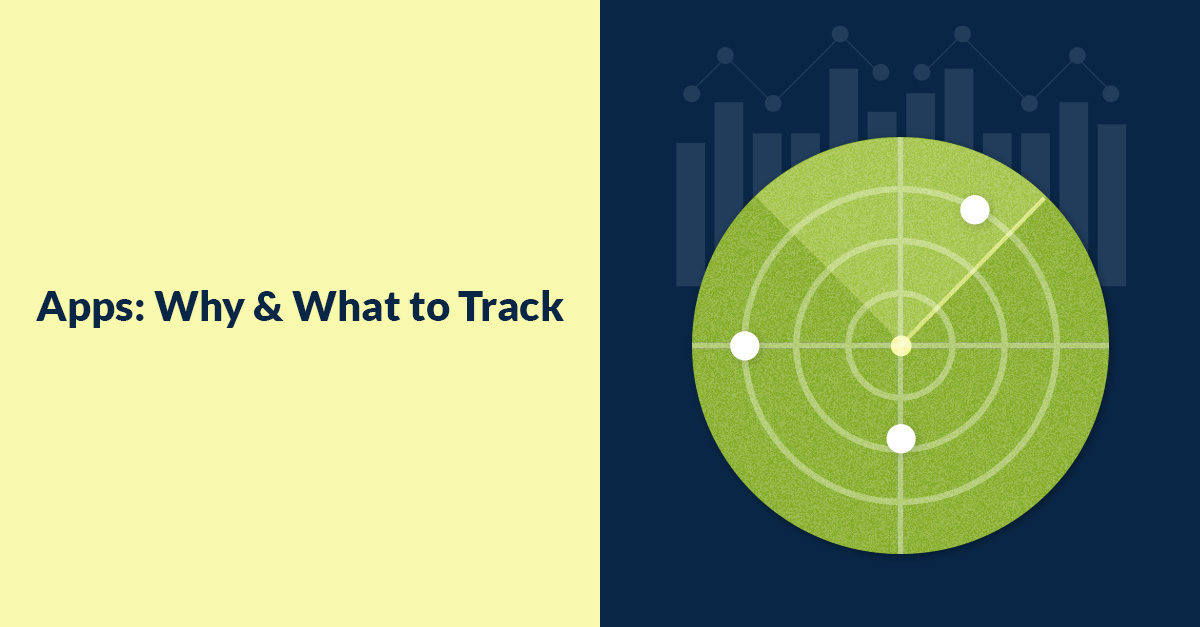
Do you know how customers are using your app? If not, you’re missing valuable data.
Why You Should Track App Metrics
Tracking has big benefits for both you and your customers:
- When you make decisions based on data—rather than guesses or assumptions—you make more intelligent decisions.
- When you know what’s working well—and what isn’t—you know where to focus your efforts for the next version.
- By providing a better product for your customers, you increase customer satisfaction.
What App Metrics to Track
It’s not enough just to track metrics, however. You need to track the
right metrics.
So what should you measure? It depends; every application is different. And there are different metrics and tracking for desktop apps, mobile apps, and apps that are on both.
There are a few things you want to account for when you’re determining the metrics you want to track.
- Do you have a good understanding of what exactly you’re measuring?
- What action will you be taking if you reach a specific threshold?
- Are there other metrics that correlate with this metric? For example, app crashes compared to the number of uninstalls during a specific time period.
- Where does this metric rank in priority compared with other metrics?
The following are some examples of metrics that may be beneficial for you to track.
Note: Some of the metrics are only accessible if the user opts-in to share their usage information. Typically, only 20% of users opt in to sharing their usage data.
 Users & Installations
Users & Installations
- Users and active users
- App store views
- Number of downloads – This is the number of times an app was downloaded from the app store. It doesn’t mean the user actually opened the app, just that they pressed “Get” or “Buy.” For iOS applications, this is referred to as “App Units” in iTunes Connect.
- Number of installations – This is the number of times an app was downloaded from the app store and opened for the first time.
 Demographics
Demographics
- Age
- Gender
- Lifestyle
- Interests
Demographics help you better understand your users—and you can use that knowledge to target and acquire new users.
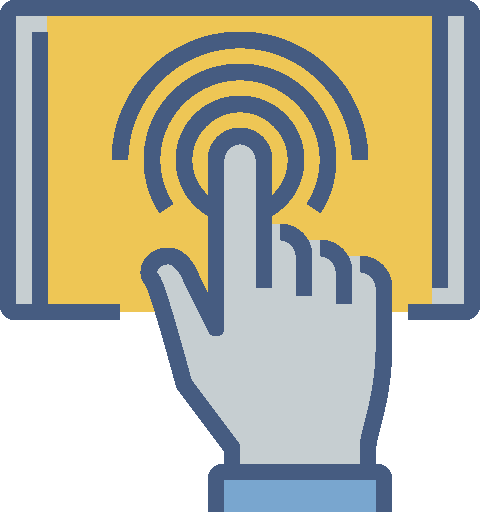 Usage
Usage
- How are users interacting with your application? Are there patterns?
 Crashes & Performance
Crashes & Performance
- Number of crashes
- Detailed crash reports
- Stability
By capturing crash analytics, you’ll be able to be proactive in responding to application errors. In addition, detailed crash reports provide developers with the information they need to resolve issues more quickly—resulting in a more stable, reliable application and ultimately increasing user satisfaction.
Incorporating performance metrics can help you better understand user experience and provide you with insights to optimize your app.
 Geography
Geography
- Use geolocation services to capture user location
Like demographics, geographical data helps you understand your users, and therefore target new ones.
 Feedback
Feedback
- Valuable feedback and suggestions for new features or improvements
No matter what metrics you track, they cannot outweigh the benefits of direct and honest feedback from your users. Sometimes a single communication or interaction with a user can save countless hours of trying to interpret the data.
There are quite a few tools out there to get feedback from users. Two we’ve used are
Intercom and
Feedbackify. You can also request feedback through in-app messaging, email, or other direct user contact.
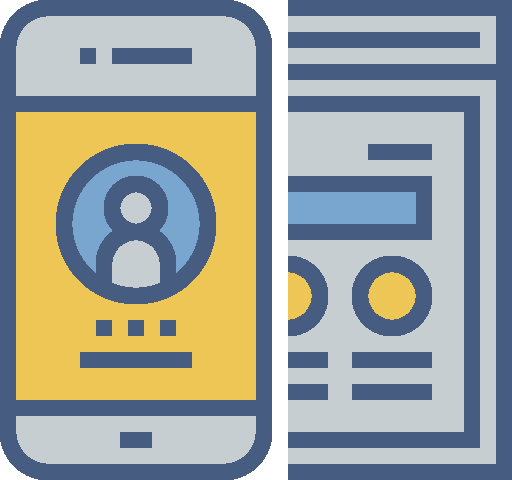 Devices
Devices
- Type of device—desktop, tablet, or phone.
- And for each device, the operating system from which the traffic originates:
Knowing what devices users use helps you understand how they use your app. Do they use it at their desks, on the go, or a combination? Which features are they using on which devices?
 Revenue
Revenue
- Lifetime value of customers
- Popular subscription levels
- Retention rates
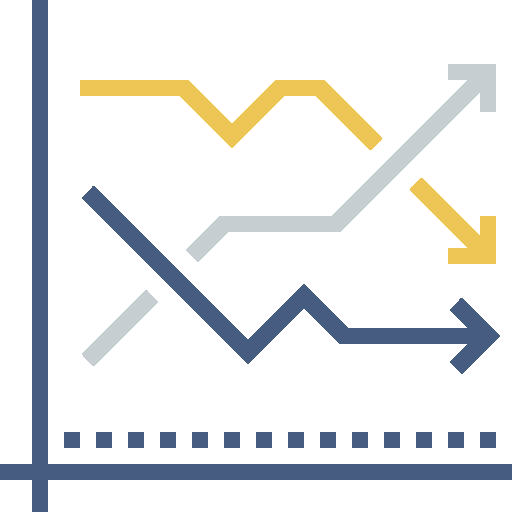 Trends
Trends
There are infinite metrics you could measure. I’ve covered the common ones in this post. However, an overload of data can lead to a state of overthinking, sometimes limiting your ability to move forward or take action. The results from measuring these metrics should be treated as one of many resources to assist you with making decisions about your application.
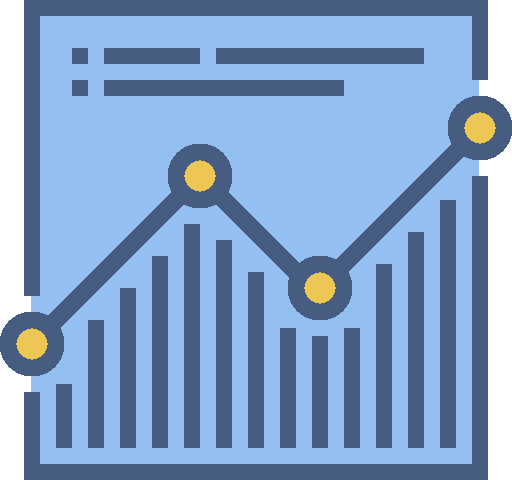 Analytics Tracking Tools
Analytics Tracking Tools
There are dozens of tools to help you track the important metrics you lay out for your app. There’s no silver bullet tracking app—each has its strengths. Because of this, we have a toolbox of several analytics platforms. - Google Analytics – This helps track traffic and usage trends for your app on a collective level for all users. Which features are they using? How long are they staying in the app?
- Intercom – This tracks individual, logged in users. You can track how often users log in, what device they use, when they last logged in, when they signed up, and more. You can also use Intercom to communicate with users and provide customer support.
- Hotjar – This records user sessions in your app. You can review videos and heatmaps of users’ sessions to see how they’re using the app, if and where they’re getting stuck, where they’re clicking, and more.
The Bottom Line
Your users are giving you lots of useful information. It’s up to you to track the right metrics, analyze the data, and use it to make better decisions.